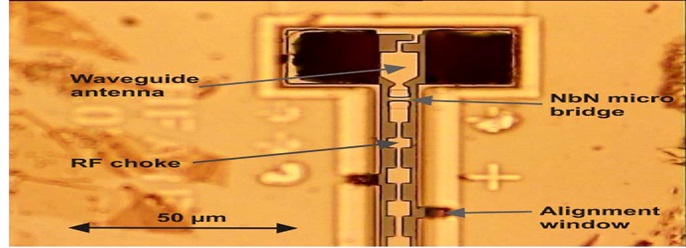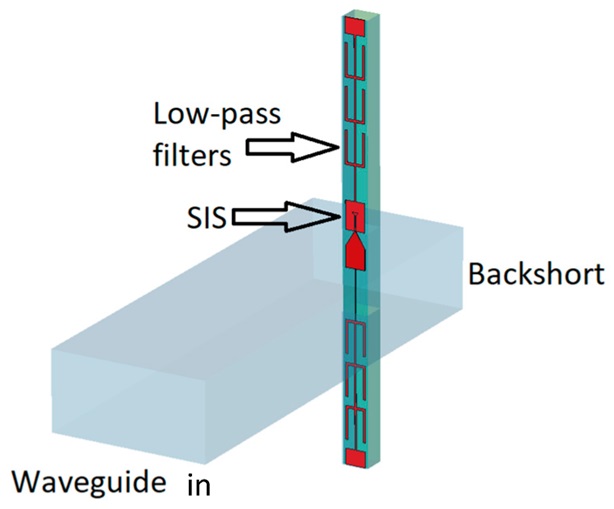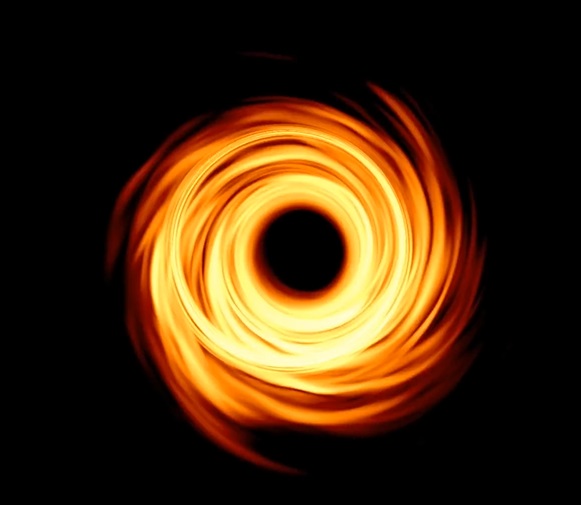- Home
- Publications

Terahertz radiation,also known as submillimeter radiation,terahertz waves,tremendously high frequency (THF),T-rays,T-waves,T-light,T-lux,
or THz,consists of electromagnetic waves within the ITU-designated band of frequencies from 0.3 to 3 terahertz (THz), although the upper boundary
is somewhat arbitrary and is considered by some sources to be 30 THz. One terahertz is 1012Hz, or 1000 GHz. The wavelengths of radiation in the
terahertz band correspondingly range from 1 mm to 0.1 mm, or 100 um. Because terahertz radiation begins at a wavelength of around 1 millimetre
and proceeds into shorter wavelengths, it is sometimes known as the submillimetre band and its radiation as submillimetre waves, especially in
astronomy. This band of electromagnetic radiation lies within the transition region between microwave and far infrared and can be regarded as
either. Compared to lower radio frequencies, terahertz radiation is strongly absorbed by the gases of the atmosphere, and in air, most of the
energy is attenuated within a few metres, so it is not practical for long-distance terrestrial radio communication. However, there are frequency
windows in Earth's atmosphere where the terahertz radiation could propagate up to 1 km or even longer, depending on atmospheric conditions. [citation needed] The most important is the
0.3 THz band that will be used for 6G communications.citation needed].It can penetrate thin layers of materials but is blocked by thicker objects.
THz beams transmitted through materials can be used for material characterization, layer inspection, relief measurement, and as a lower-energy alternative
to X-rays for producing high-resolution images of the interior of solid objects.
Terahertz radiation occupies a middle ground where the ranges of microwaves and infrared light waves overlap, known as the "terahertz gap."It is called a
"gap" because the technology for its generation and manipulation is still in its infancy. The generation and modulation of electromagnetic waves in this
frequency range are no longer possible with the conventional electronic devices used to generate radio waves and microwaves, requiring the development of
new devices and techniques.
Upplysning Robotics has experience in the cleanroom to make THz devices like antennas, couples, hot electron bolomters Mixers, SIS mixers, cryogenic LNAs,
Prof. Dr Mehdi Khan has experience in making Mems sensor, nano 2D material transistor, Thz Antenna, coupler, filters and THz transreivers design and fabricate in the clearroom.
experience in MMIC (GaN, GaAs, and InP) use OMMIC and Win Foundry from 180 to 40 nm. To be used for transient and single component RF/Analog IC design

and can measure THz devices using optical detectors. As shown below for Radio Astronomy. Below is the simulation diagram of the THz receiver and hardware design in the cleanroom.


Radio astronomy is quite famous after a picture was taken of a black hole on April 10, 2019. Here is a picture of a black hole obtained through radio interfermetry techniques by Chile ALMA.






